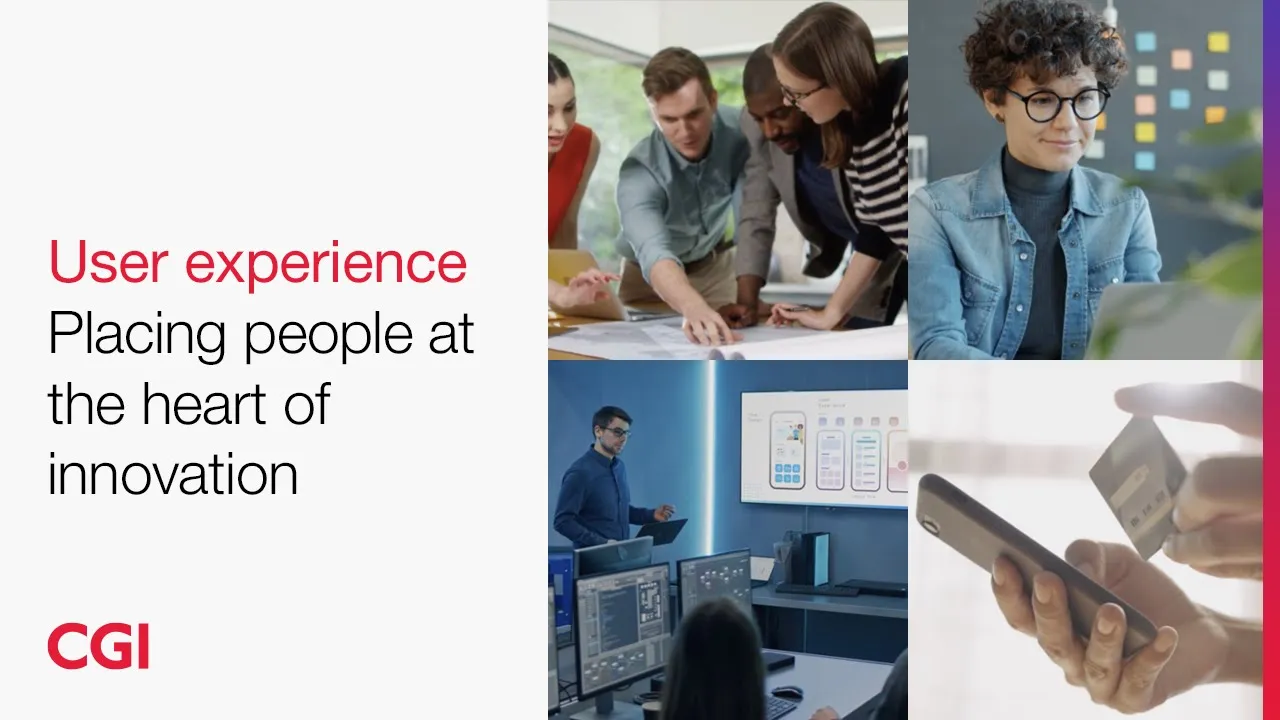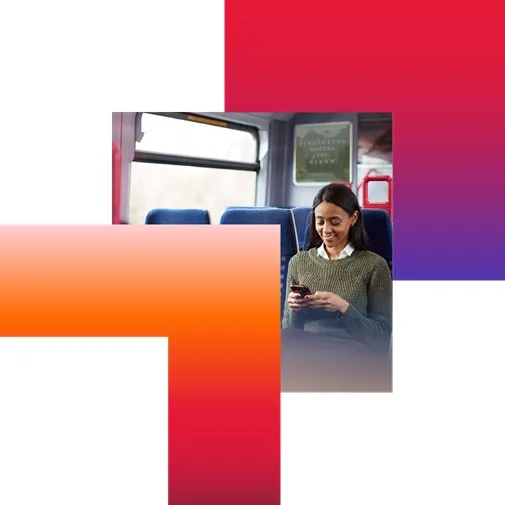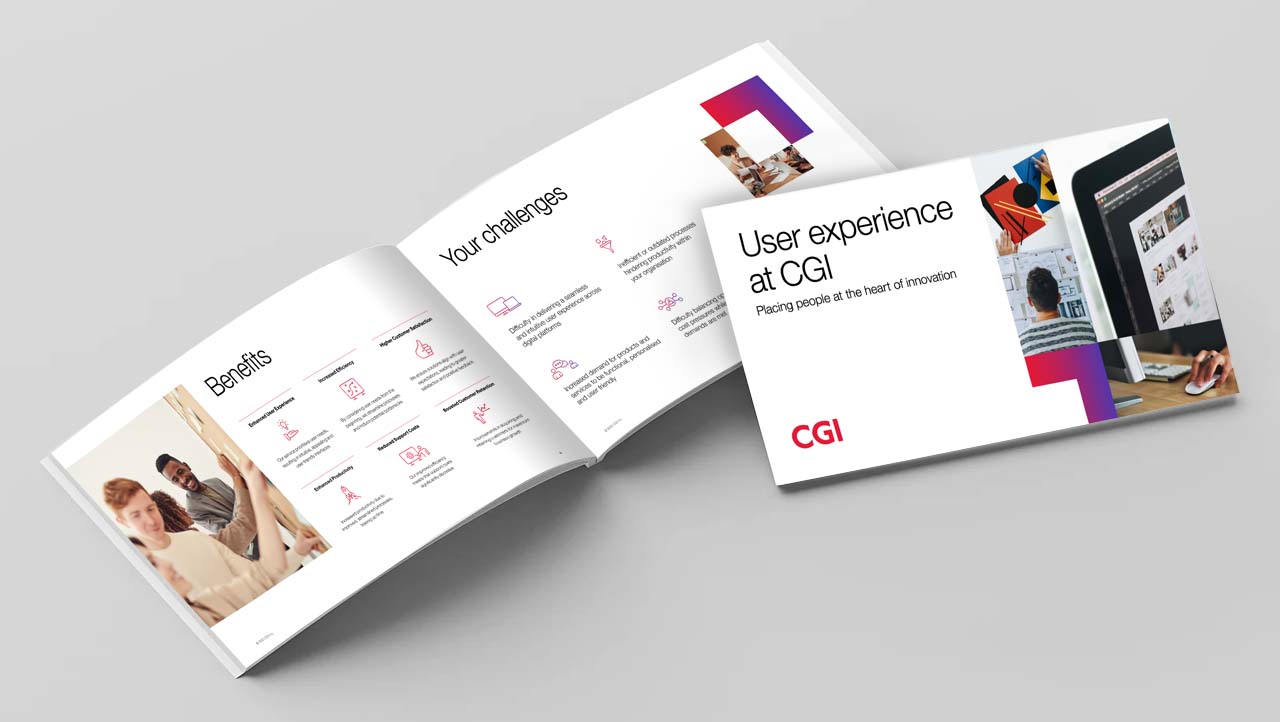Sandra Fruebing is a Senior Consultant, UX Analyst in CGI UK’s Emerging Technology Practice.
Neil
Morjaria
is
a
Director
managing
the
Web
and
Mobile
app
team
within
CGI
South
and
Midlands
BU.
He
has
a
solid
background
and
over
20
years
of
experience
within
the
IT
industry
with
concentrated
knowledge
within
the
software
development
...
Chris is an interface and user experience designer that specialises in creating functional design solutions that uncover and solve problems.
Janett is a Senior User Researcher with a PhD in Design Research and Visual Design experience during a career that approaches 20 years. She has worked in various industries, government, and academia.













